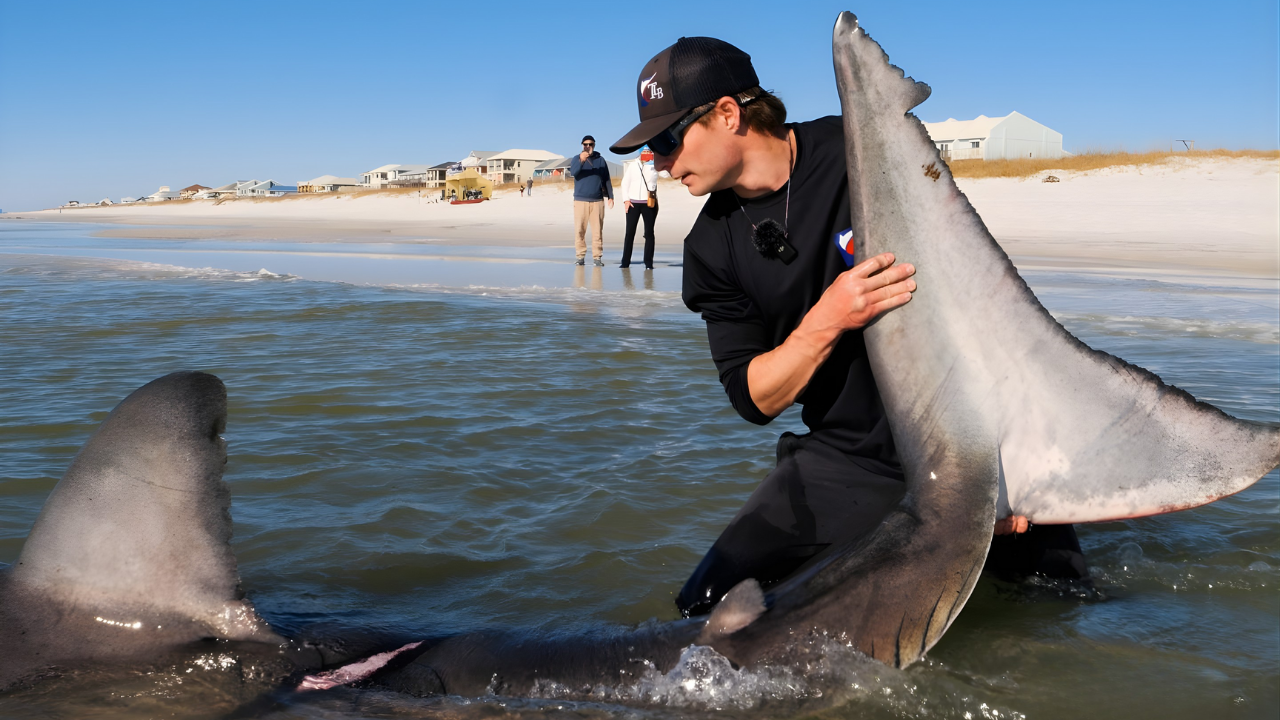
According to the Irish Star, a powerful nor’easter struck the U.S. East Coast on October 13, 2025, unleashing high winds, flooding, and a rare surge in great white shark sightings near New Jersey.
The event is more than just a weather event; it signals complex interactions between climate, marine life, and coastal communities.
What Caused the Surge?
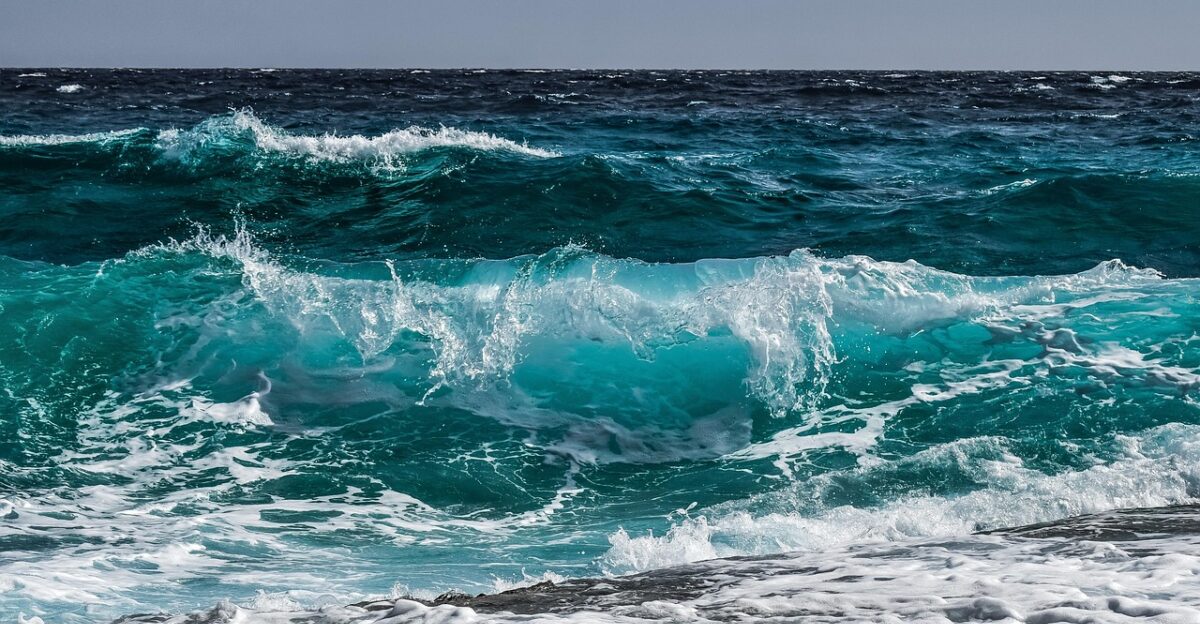
The nor’easter’s gale-force winds and turbulent seas appear to have created the perfect conditions for the deadliest sharks, as marine life, including a 1,000-pound great white shark, was spotted close to shore.
Meteorologists attribute the movement to shifting currents and pressure gradients, while officials have cited the storm’s intensity as a key driver.
Immediate Impact on Coastal Residents
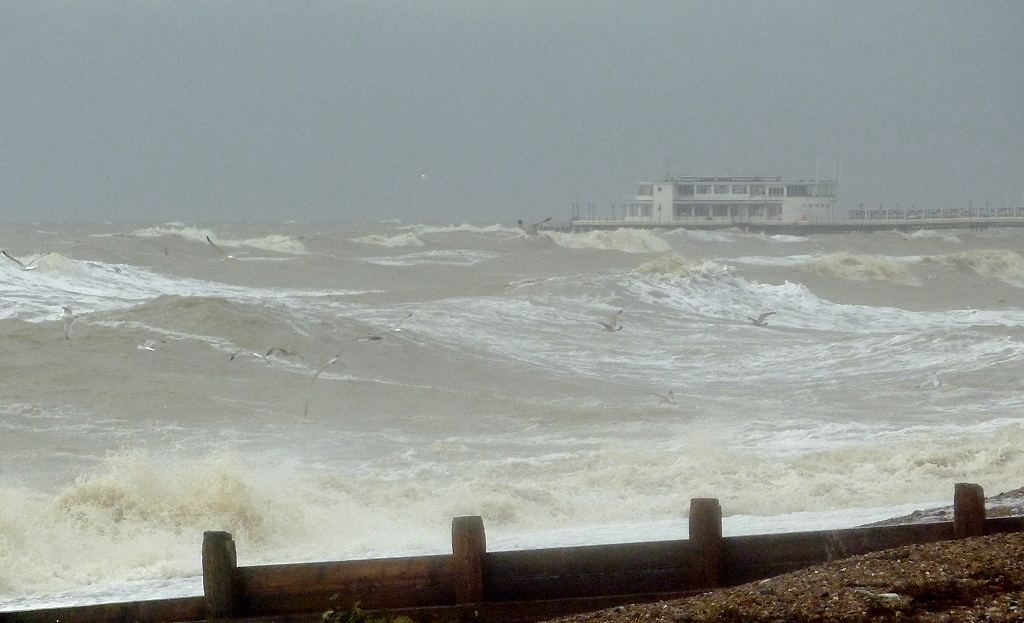
The fierce winds and torrential rain left a trail of damage along the shoreline. Trees had toppled over, power outages spread, and major flight delays affected airports.
Emergency alerts and evacuation protocols were activated, disrupting daily life and holiday travel for millions of Americans.
The Five Sharks
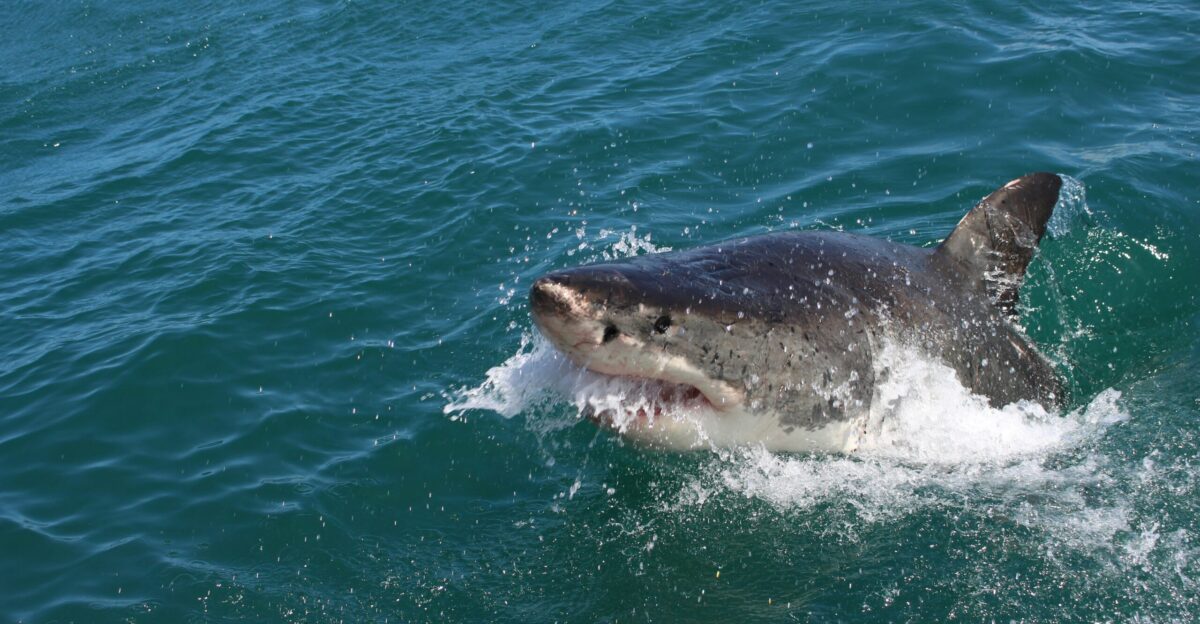
While the storm wreaked havoc, several dangerous predators were spotted seemingly enjoying the massive waves caused by the storm.
According to OCEARCH’s global shark tracker app, on Monday morning, four great white sharks had been pinged off the New Jersey coast along with one dusky shark. The five sharks were Brass Bed, weighing 443 pounds, Cross, weighing 377 pounds, Nori, weighing 423 pounds, Webster, weighing 1008 pounds, and Mira, the dusky shark, weighing 327 pounds.
17 Feet Waves

These sharks were pinged around midnight and the early morning. They were spotted on the edge of the continental shelf. According to the National Oceanic and Atmospheric Administration’s offshore forecast, waves had reached heights of 17 feet during the storm.
It’s likely that the great white sharks are following their migration route toward the southeastern coast of the United States. Over the past two decades, many great white sharks tagged by OCEARCH have appeared to have taken the same migratory path.
The Emergency
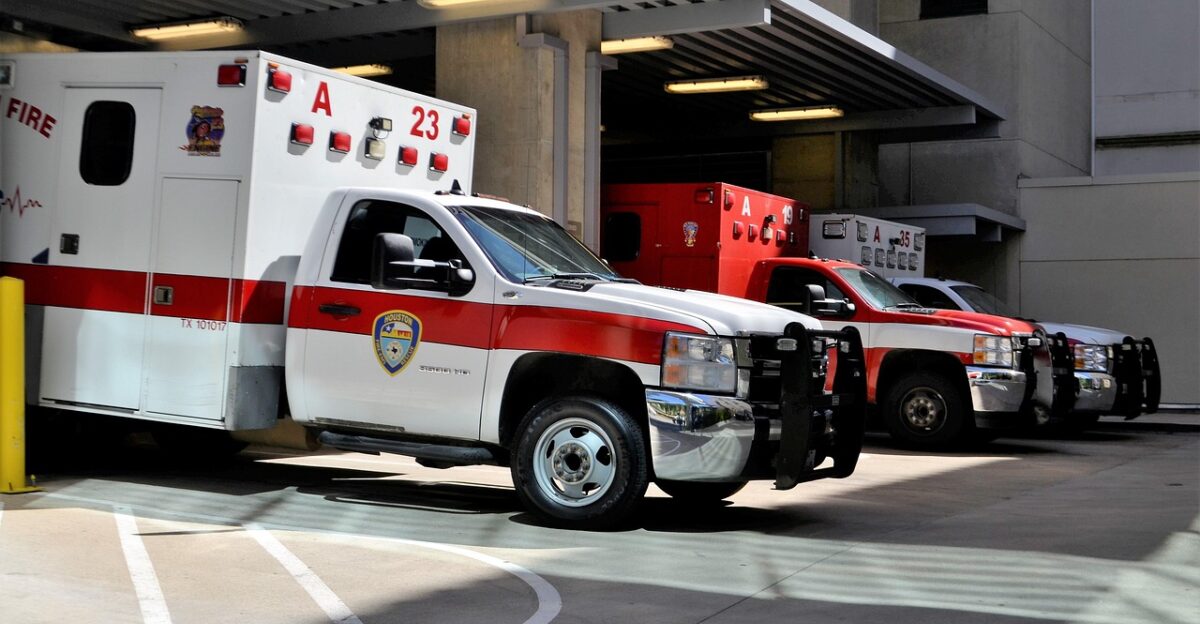
Before the storm, Tahesha Way, New Jersey’s Acting Governor, declared a State of Emergency for all 21 counties in New Jersey. The emergency went into effect on Saturday night.
“Parts of the state are forecasted to experience moderate to major coastal flooding, instances of inland flash flooding, sustained winds of up to 60 mph, localized precipitation of up to five inches, and very high surf potentially causing significant beach erosion and dune breaching,” the announcement stated.
Extreme Weather Conditions
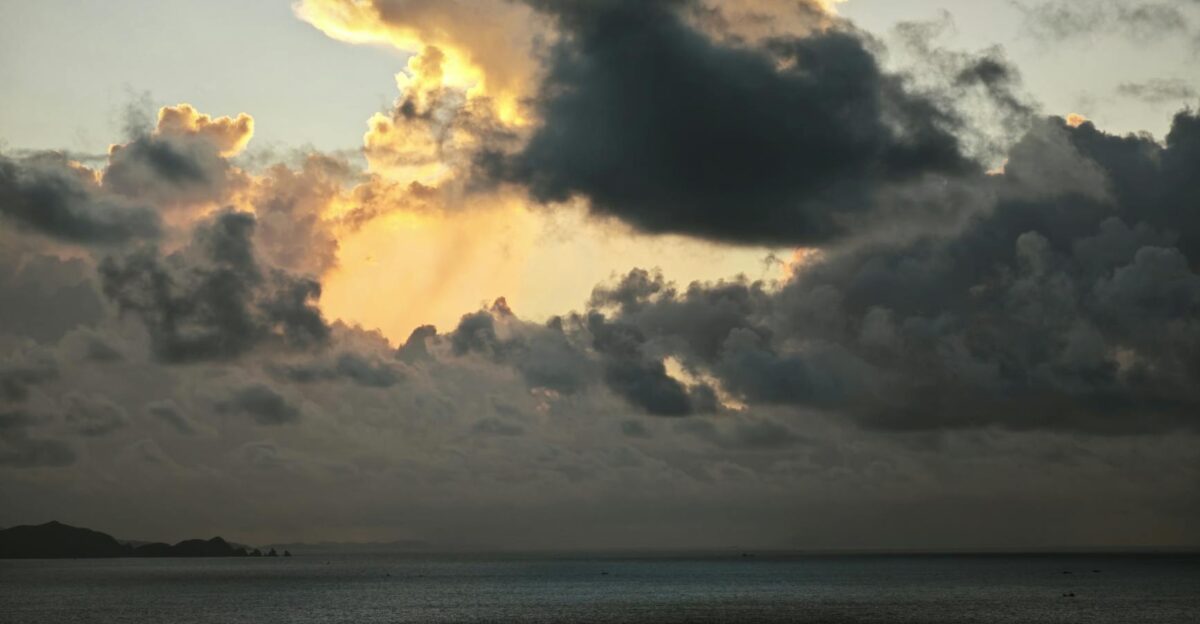
Acting Governor Way said, “Starting on Sunday, a dangerous coastal storm will begin to move past our state with extreme weather conditions for several counties, especially those on the Shore.”
“In preparation for this storm, I am issuing a State of Emergency for all 21 counties out of an abundance of caution, authorizing our state’s emergency services personnel to activate as necessary. I urge all New Jerseyans to exercise caution, monitor local weather forecasts and warnings, stay informed on evacuation protocols, and remain off the roads unless absolutely necessary.”
Royal Caribbean’s Symphony of the Seas
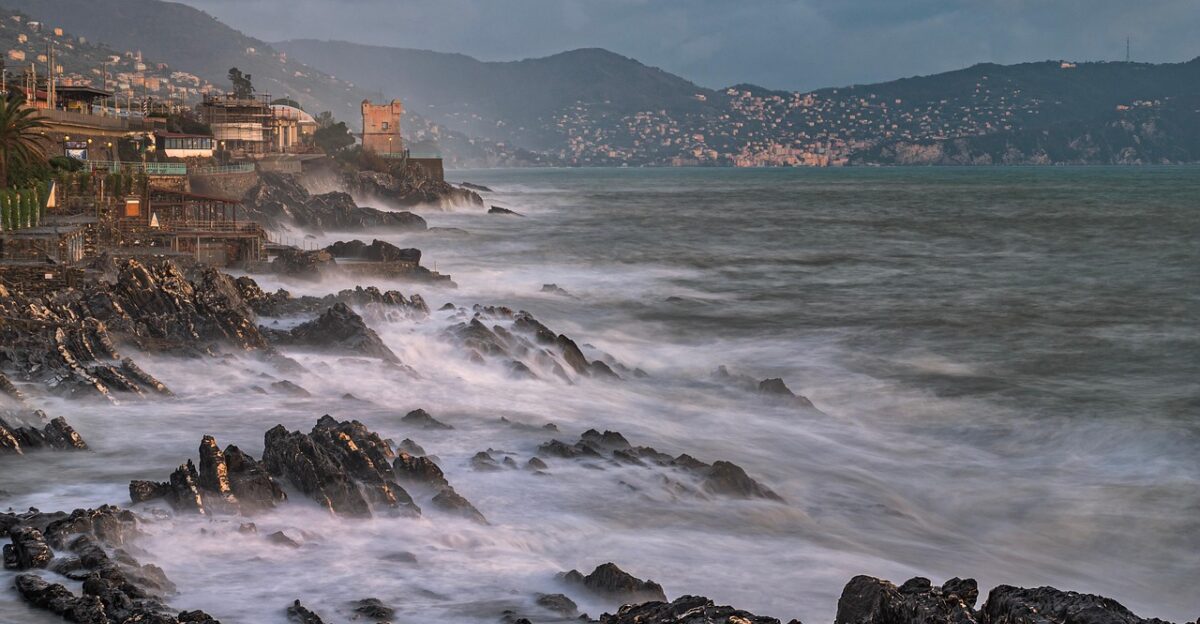
The powerful storm also forced Royal Caribbean’s Symphony of the Seas to dock at a New Jersey port, as dangerous winds and heavy rain continued to pound the coast.
The cruise was set to depart on October 12 for a seven-night trip to the Bahamas, with planned stops in Port Canaveral, Nassau, and Royal Caribbean’s private island, CocoCay.
Passengers Were Notified

Passengers were notified they’d remain onboard for several days until conditions improved, as the storm made travel unsafe and disrupted the ship’s original departure schedule.
“Along with our Chief Meteorologist, Craig Setzer, we have been closely monitoring a developing coastal low-pressure system forecast to impact the port of Cape Liberty beginning on Sunday,” an email to passengers said. “Due to the deteriorating weather conditions, we will continue to monitor the ocean storm system and only depart once we deem it is safe to do so,” officials added.
State of Emergency
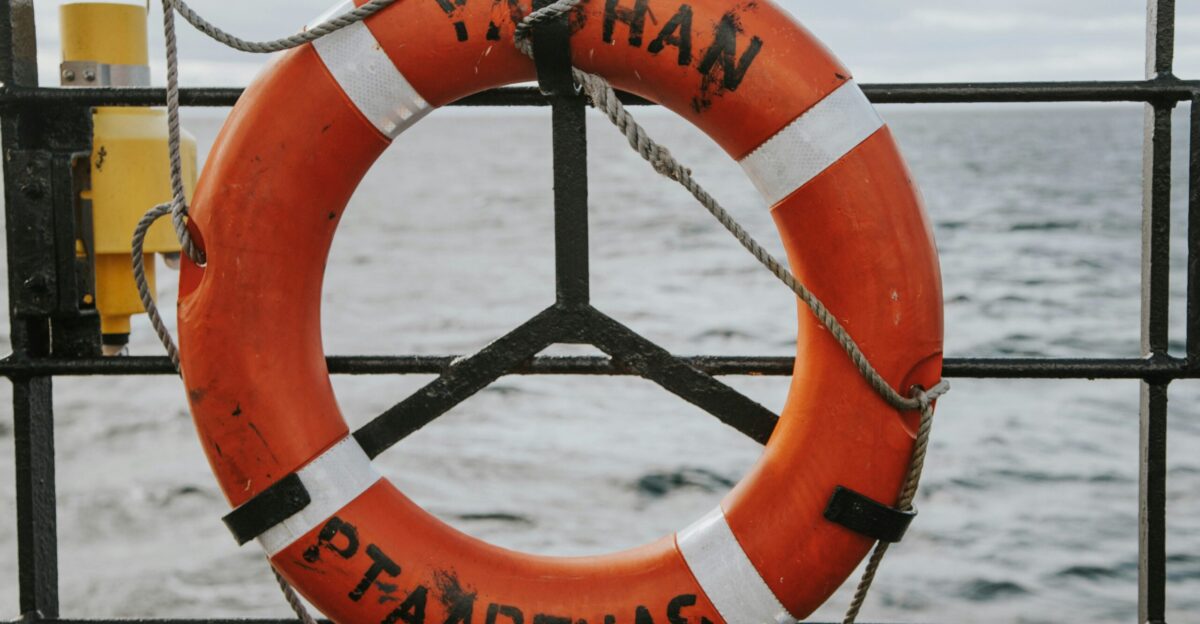
According to an Upper Township, New Jersey, administrator, Strathmere’s beach is “essentially gone” after the terrible storm, and on Tuesday night, officials in Strathmere declared a state of emergency.
“We lost a lot of beach,” the assistant public works superintendent of Upper Township, Mike Jones, revealed. “This storm has taken away all of the beach replenishment we had, plus probably 25-30 feet more of dune.”
No Injuries
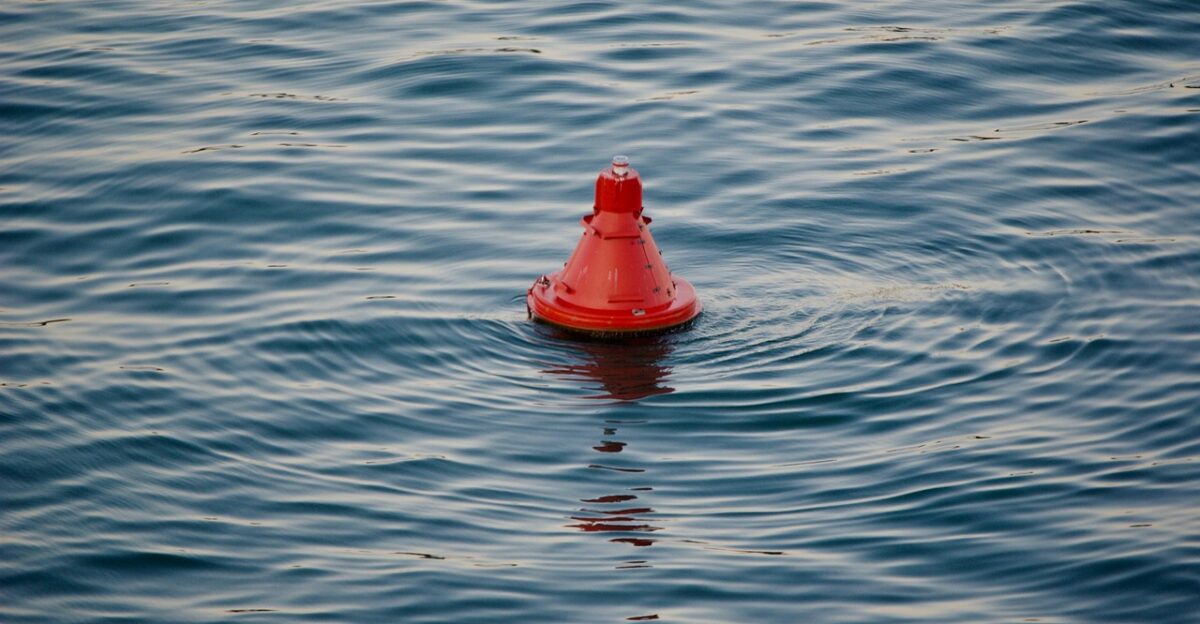
According to CBS News, no injuries were reported and there was minimal damage to nearby homes. However, some local leaders are afraid that future storm systems could lead to severe flooding.
“We just hope and pray we don’t have another one,” Jones said. “If we do, we will have to deal with the aftermath of what happens.”
North Wildwood Residents
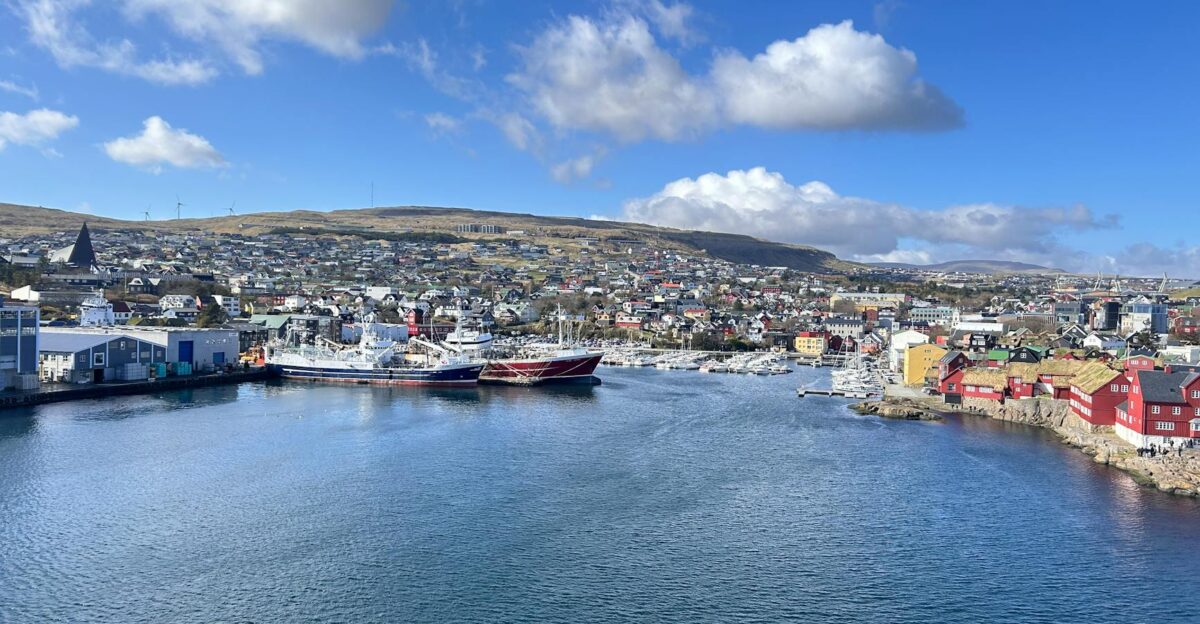
There was some bayside flooding in North Wildwood, according to CBS News, but luckily, Mayor Patrick Rosenello said it didn’t get into any houses. But the real damage was done to a long stretch where waves tore off protective dunes at 15th Avenue.
“It makes my stomach turn a little bit, breaks my heart,” Marlo Kulb, of North Wildwood, said.
The Damage
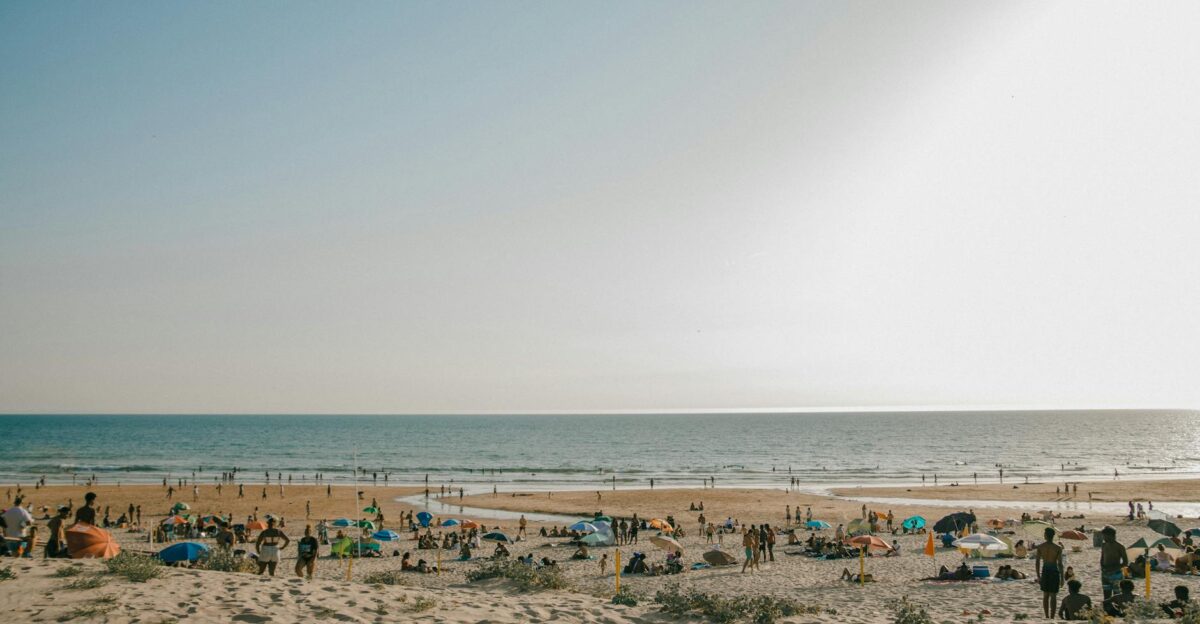
Kulb was among several onlookers who gathered on Tuesday at North Wildwood’s 15th Avenue beach to check out the destruction left by the nor’easter. Powerful waves had sliced through sections of the dunes, carving deep gaps along the shoreline and leaving residents uneasy about what’s next.
“I wonder if they’re going to be able to rebuild,” Kulb said. “Because I know in the past, it was a hard time.”
The Impact
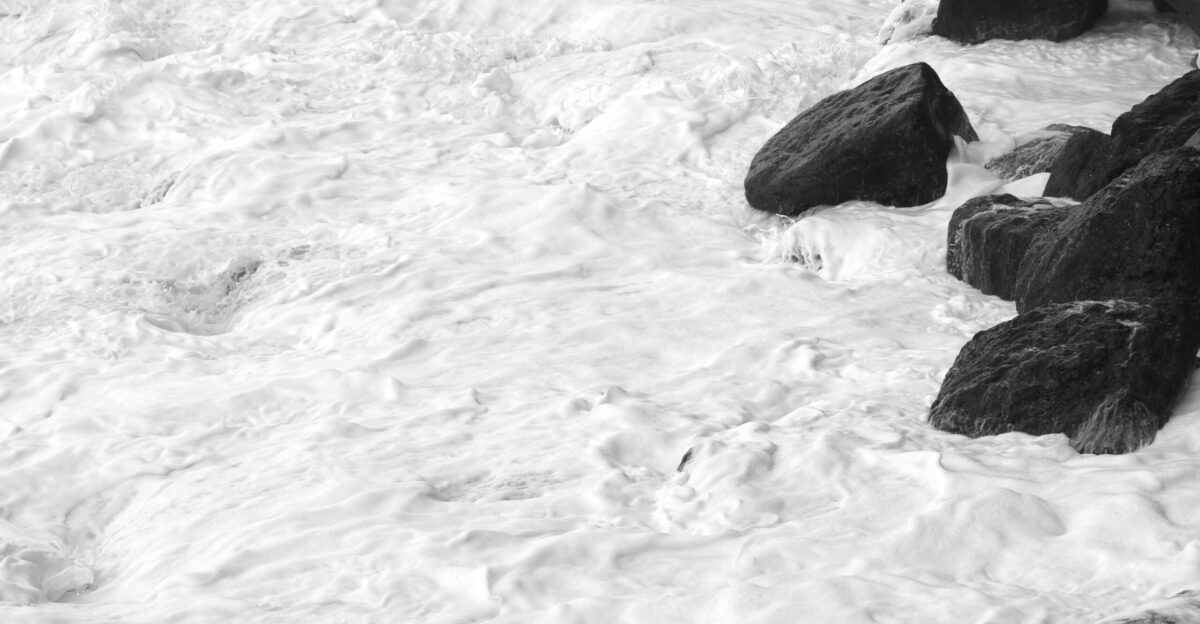
During this massive storm, beaches were eroded, dunes collapsed, and debris littered coastal roads, marking one of the season’s most powerful storms.
For residents, scientists, and officials, the event was more than a test of endurance; it was a warning. The convergence of severe weather and shifting marine patterns, from surging tides to shark movements, shows the fragile balance between people and the changing sea.
What’s Next?
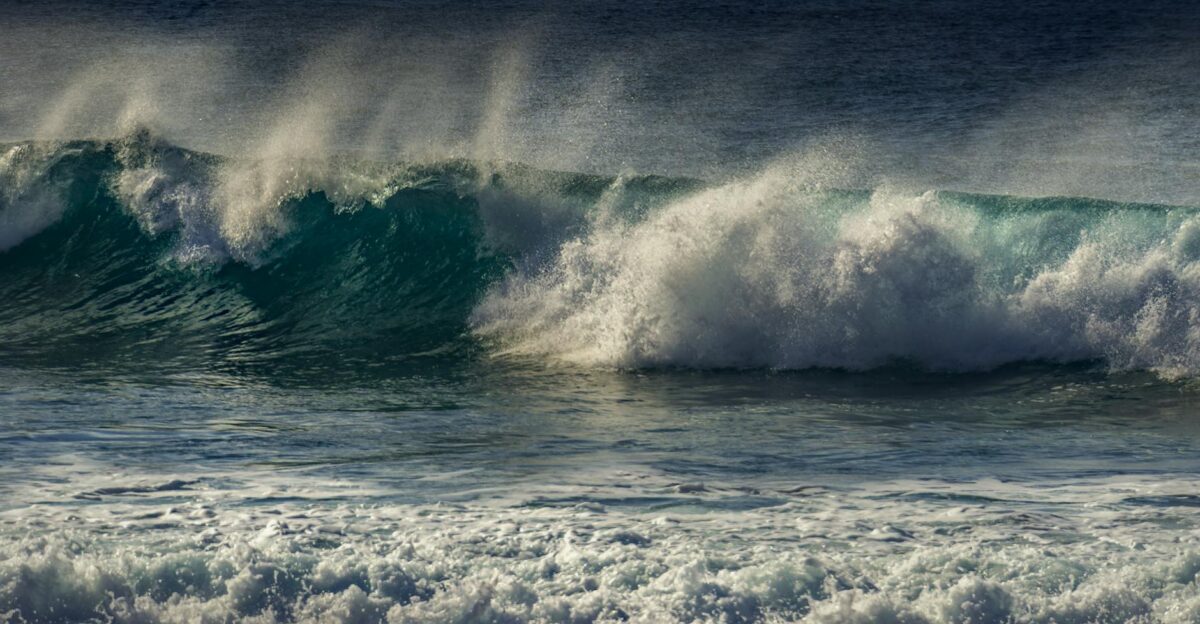
Experts warn that as climate patterns shift, such events may become more frequent.
Officials are urging investment in resilient infrastructure, improved emergency planning, and public education to mitigate future risks along the coast.